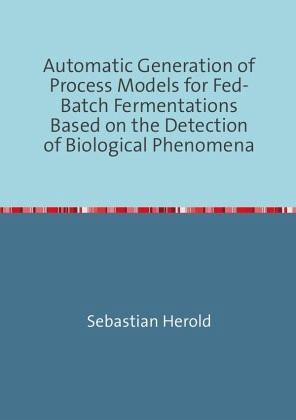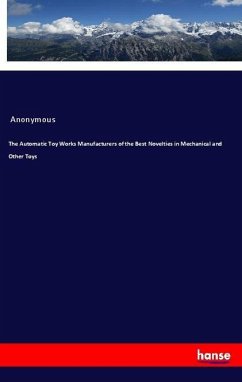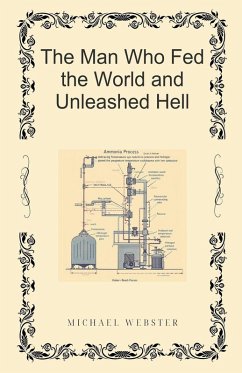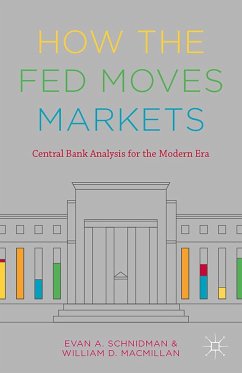
Automatic Generation of Process Models for Fed-Batch Fermentations Based on the Detection of Biological Phenomena
Dissertationsschrift
Versandkostenfrei!
Versandfertig in 6-10 Tagen
19,90 €
inkl. MwSt.

PAYBACK Punkte
0 °P sammeln!
Using dynamic models to describe biotechnological processes leads to a better understanding of the complex process dynamics and helps to find optimal conditions that improve the process significantly. However, the development of adequate mathematical models is generally difficult, tedious, time-consuming, and requires extensive prior experimentation.This work presents an algorithm that automatically proposes process models from an automated processing and analysis of data from (fed-)batch experiments. For this purpose, the algorithm first uses different data smoothing and interpolation techniq...
Using dynamic models to describe biotechnological processes leads to a better understanding of the complex process dynamics and helps to find optimal conditions that improve the process significantly. However, the development of adequate mathematical models is generally difficult, tedious, time-consuming, and requires extensive prior experimentation.This work presents an algorithm that automatically proposes process models from an automated processing and analysis of data from (fed-)batch experiments. For this purpose, the algorithm first uses different data smoothing and interpolation techniques to account for a typically noisy and poorly time-resolved data set. Then, the measurements are numerically compensated for the influence of feeding and sampling. To reveal the qualitative behavior of the measurements, a method is used that divides the compensated curves into several episodes in a probabilistic framework.Based on this qualitative description, crucial information about theunderlying reaction network can be obtained. For this, different biological phenomena describing the relation between several measured variables are defined. Rules to (dis-)prove these phenomena are applied to the data. The detected biological phenomena and the used measured variables then lead to an automated proposal of several model structures with different degrees of complexity.Furthermore, a procedure to detect model deficiencies is drafted. The phenomena detection is applied to simulations of a model and compared to the measurement-inherent phenomena. This approach is initially tested on simple case studies.The presented algorithm is applied to fed-batch experiments of three different organisms. Structured models are generated, identified, and validated. The results show that the models still need to be improved, but, in many cases, are able to describe the dynamics satisfactorily. Thus, the presented approach helps to speed up the modeling process significantly.












